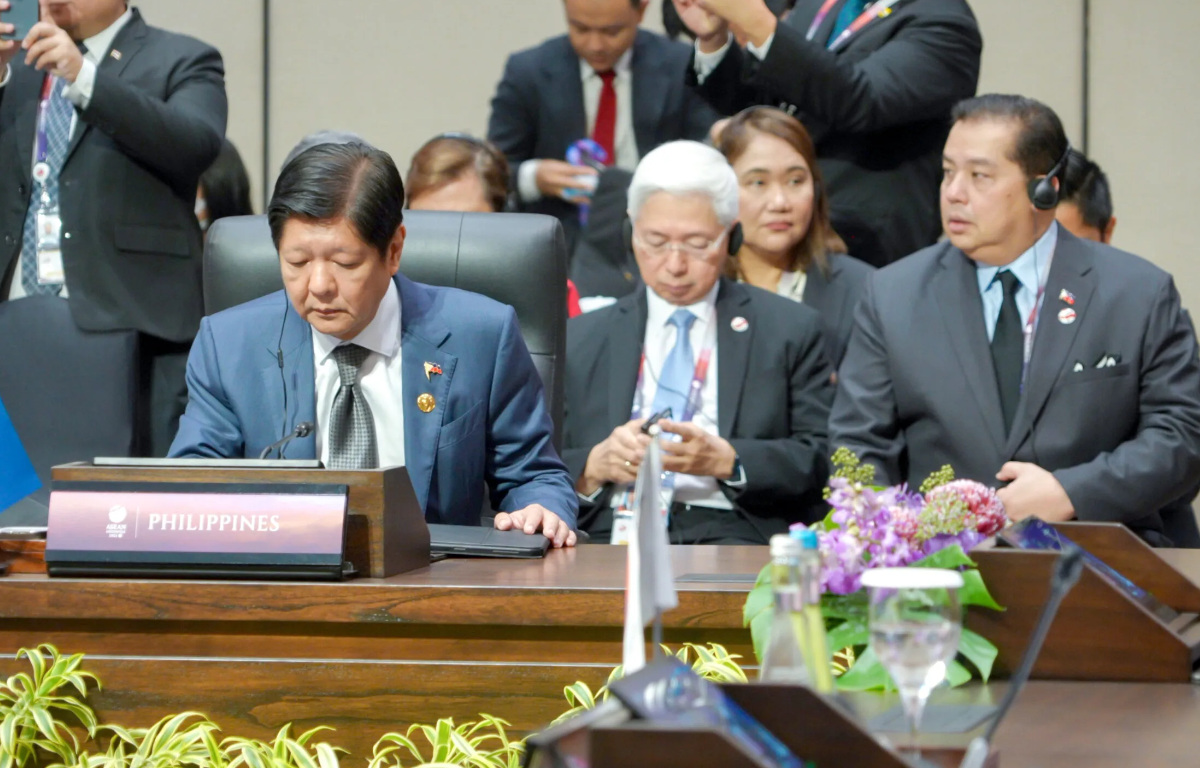
The drills, aimed at enhancing maritime security and coordination among the allied nations, come against a backdrop of North Korean provocations and threats, highlighting the ongoing challenges in the region’s security landscape.
The naval exercises, known as the trilateral Sea Dragon 22, involved warships and aircraft from the three countries and focused on various scenarios, including anti-submarine warfare, air defense, and maritime interdiction operations. The participation of South Korea, Japan, and the US reflects their shared commitment to deterring potential threats and maintaining stability in Northeast Asia.
North Korea’s recent missile tests and inflammatory rhetoric have heightened tensions in the region, prompting concerns about the regime’s intentions and capabilities. The regime’s continued development of ballistic missiles and nuclear weapons programs remains a significant security challenge, prompting neighboring countries and the international community to remain vigilant and prepared.
The joint naval drills serve multiple purposes beyond military readiness. They demonstrate the strength of trilateral cooperation and coordination among South Korea, Japan, and the US, signaling a unified front in response to regional security challenges. Additionally, they provide an opportunity for the participating nations to enhance interoperability and communication, essential elements in effectively addressing shared security concerns.
The United States, as a key security ally to both South Korea and Japan, plays a crucial role in promoting regional stability and deterrence against potential threats. The trilateral naval exercises underscore the US commitment to its allies and its strategic interests in the Asia-Pacific region, where maritime security and freedom of navigation are paramount.
Efforts to address the North Korean threat have involved diplomatic engagements, sanctions, and regional cooperation. However, finding a comprehensive and lasting solution to the nuclear issue on the Korean Peninsula remains elusive, given the complex political dynamics and security considerations involved.
The joint naval drills also highlight the broader geopolitical dynamics in Northeast Asia, where historical tensions and territorial disputes continue to shape regional interactions. While the focus remains on deterring North Korean provocations, the exercises also send a message of deterrence to other potential destabilizing actors in the region.










Share this: